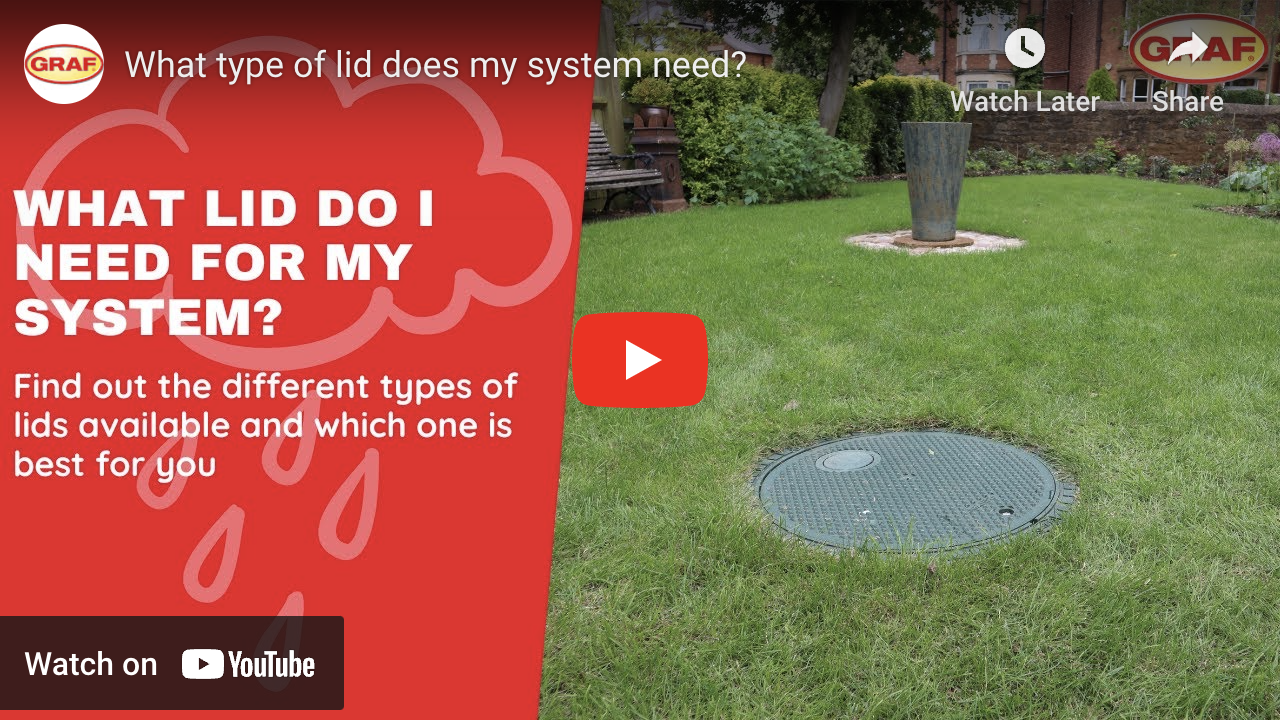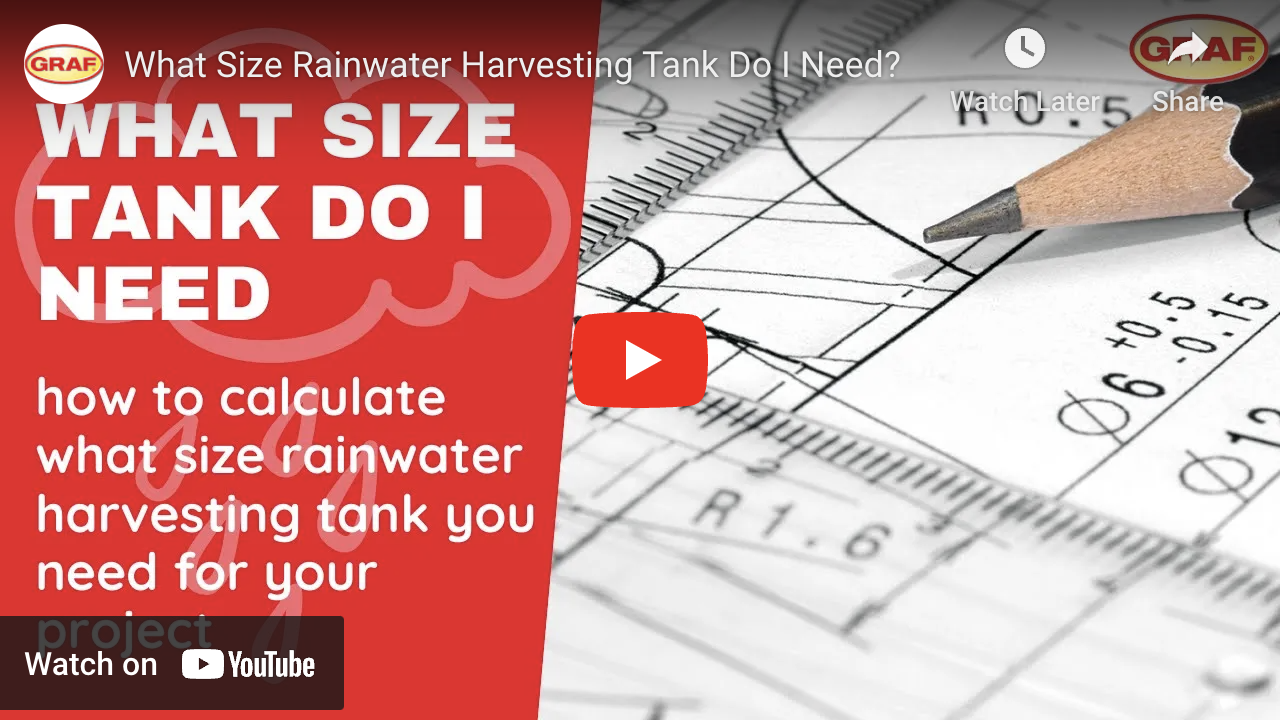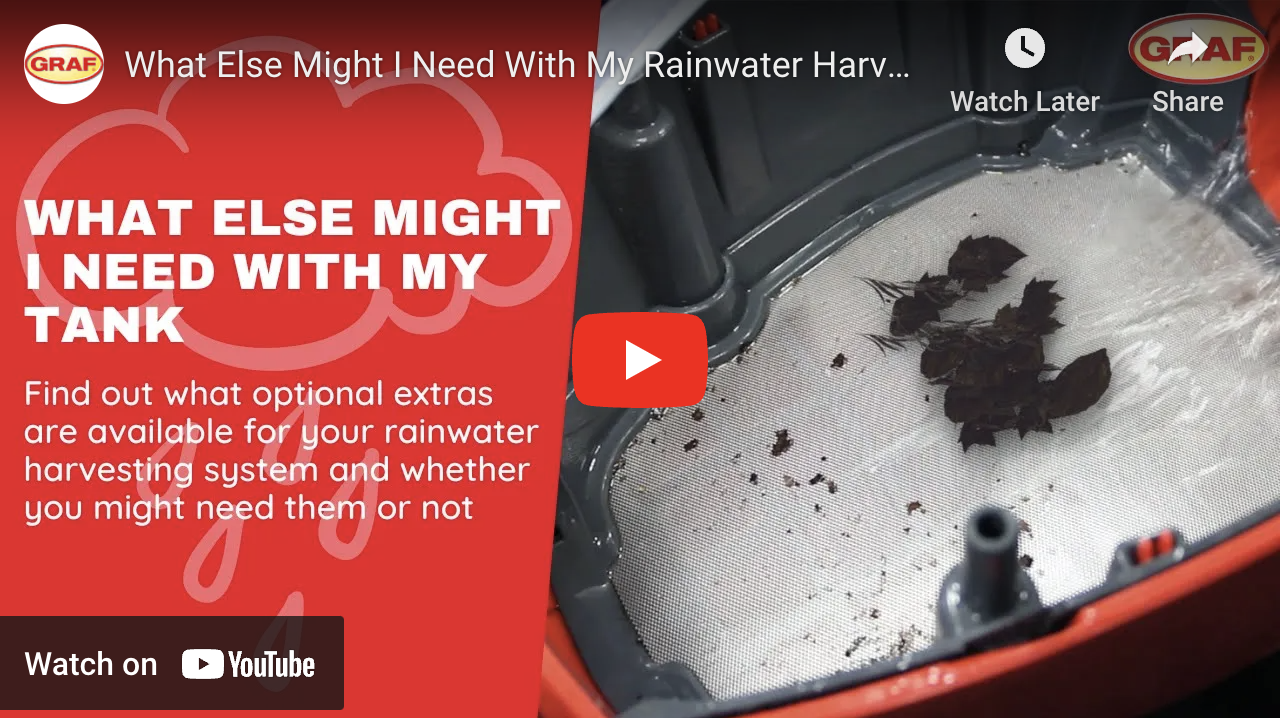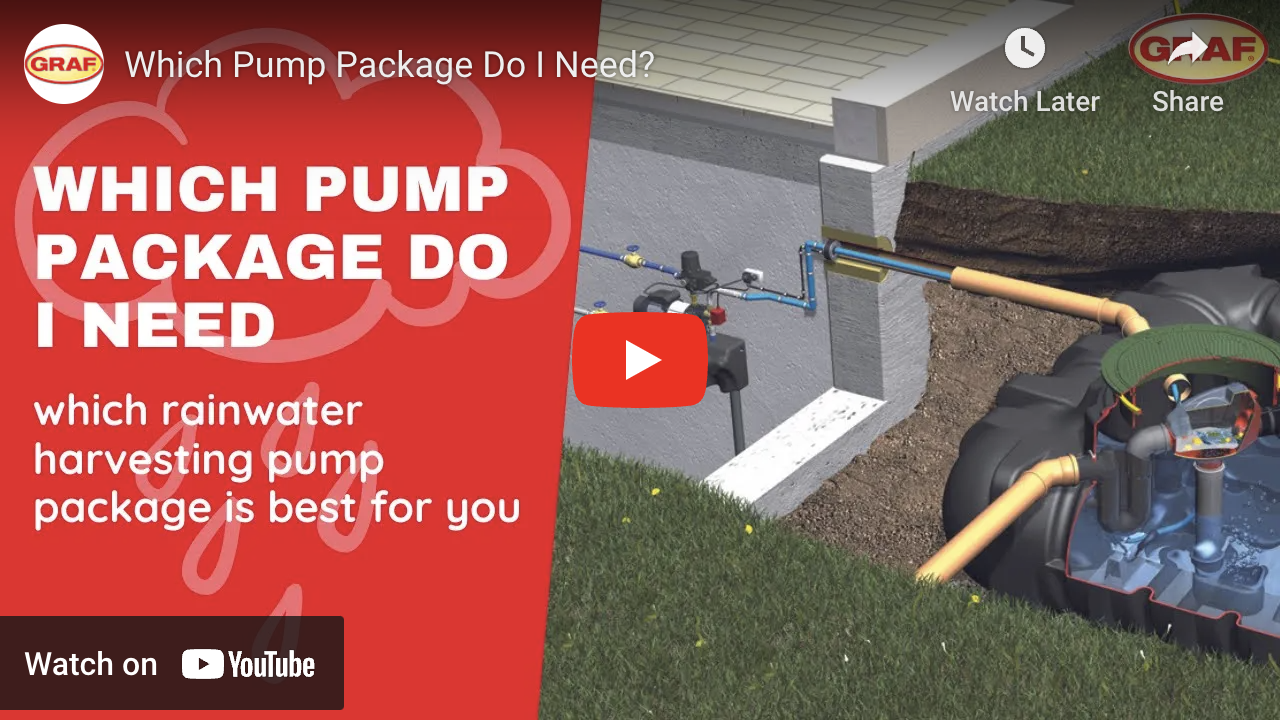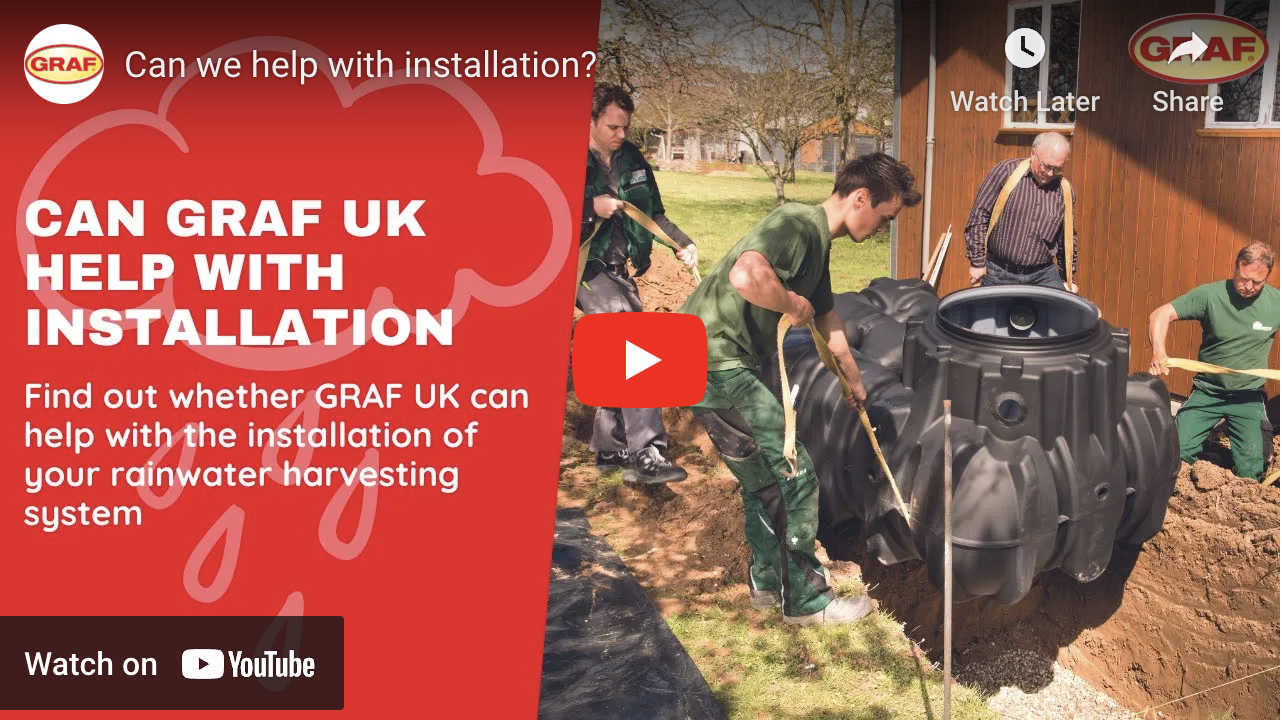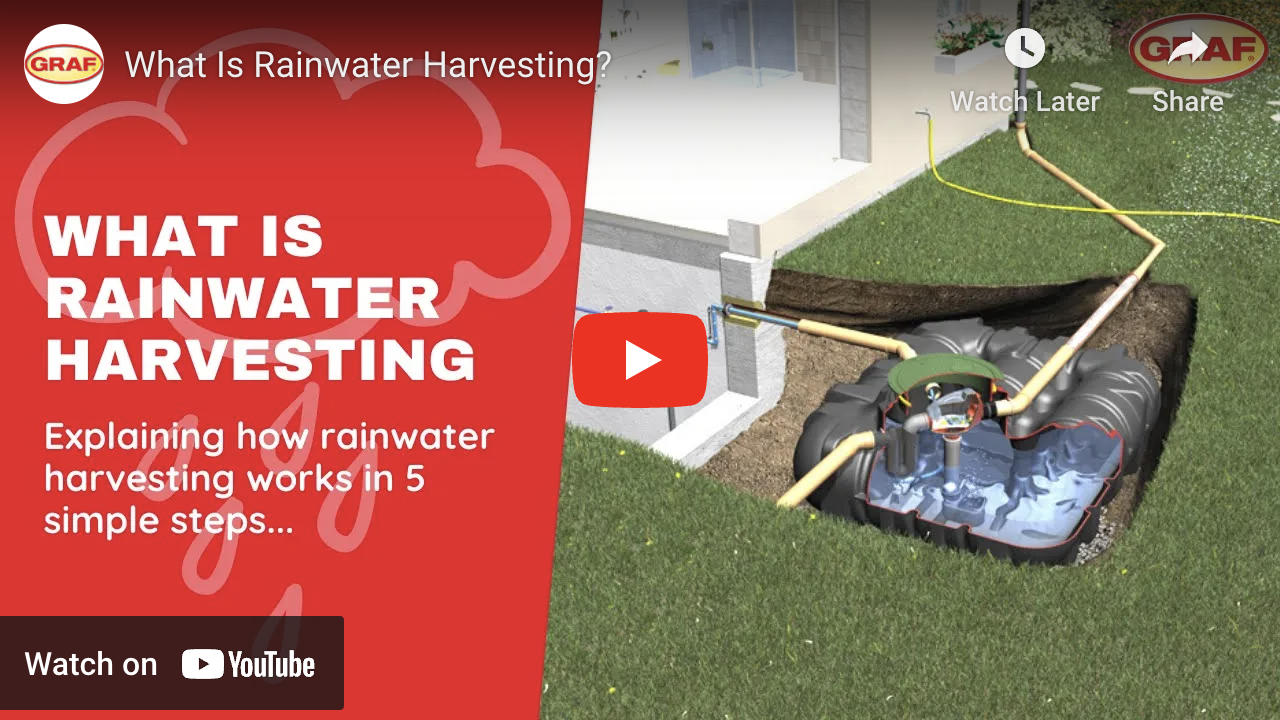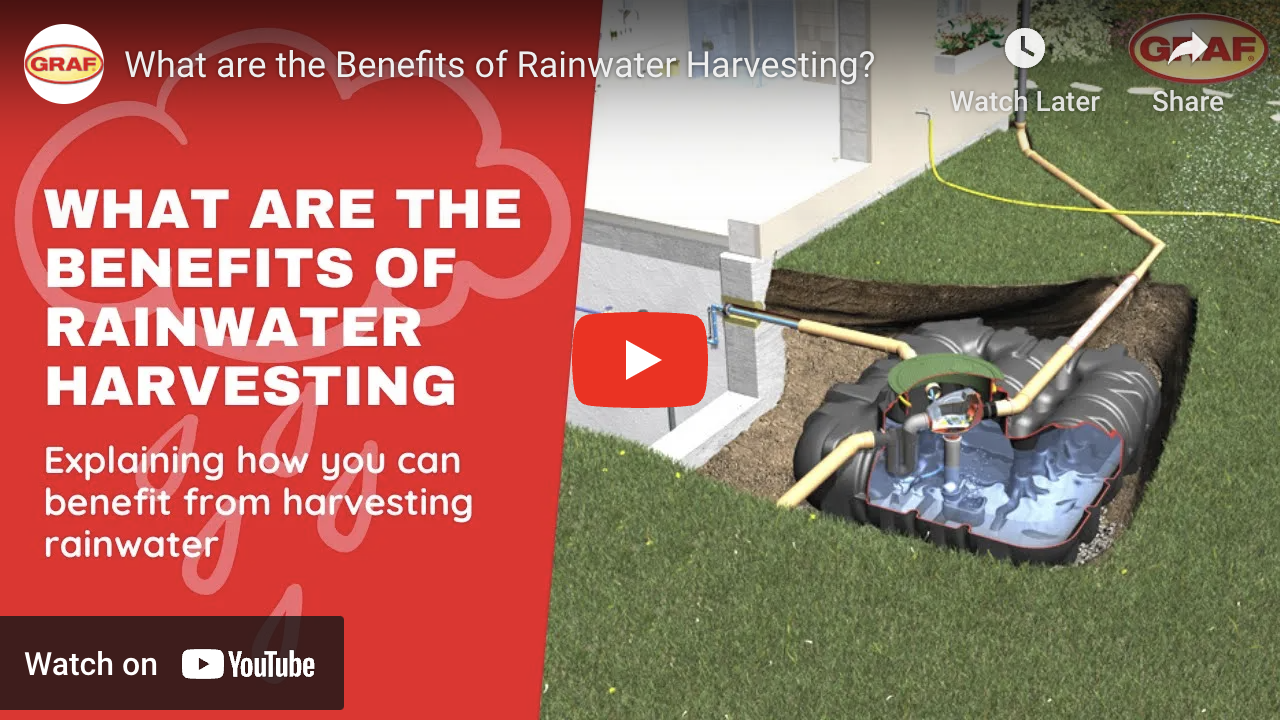Water tanks have many great uses such as providing drinking water for your home, flushing toilets and even for your washing! But they do need to be covered. Now that you have chosen your water tank, it’s time to choose a lid! A lid for your rainwater harvesting system is very important as it stops vermin, birds, and other mammals from entering, while obviously reducing condensation so your water stays in the tank! But it can be tricky to decide which lid is suitable for your home and needs. Read on to find out more about tank lids and which is suitable for you.
Why Do I Need a Lid?
Water tanks manufactured for drinking water will have a fitted lid comes as standard, these are imperative for keeping out light, dust, vermin etc. which cannot get into the tank when secured.
It’s important that whoever is installing the tank, whether it’s yourself, a builder or a groundwork contractor, that they realise this is a rainwater harvesting tank and not a septic tank or a wastewater treatment tank, and as such the cleanliness inside the tank is of paramount importance because when it is filled with water this water is going to be used for your washing machine, flushing toilets and your outside tap, and the water quality needs to be as clean as possible.
So, if dirt or soil, bits of gravel or stone, find their way into the tank during installation because the access points have not been covered, or people aren’t very careful with what gets put into the tank, then this will have a detrimental effect on the whole rainwater harvesting system once it’s installed. It will invariably mean that the tank must be completely cleaned out as soon as it starts to be used because the water collected will be dirty, there may be some build-up of mud at the bottom of the tank, and it will all have to be cleaned out to prevent a negative effect on the system from day one. So, it’s important the tank is installed with the access covered or the lid temporarily already on, but mainly that the people doing the installation are made aware that this is a rainwater harvesting system and to be careful what goes in the tank.
This is a challenging part of the installation because you are digging a hole in the ground and building sites are obviously full of mud and soil and dirt and gravel and often it can be wet and raining and it’s challenging to make sure the tank stays clean, but it’s very important.
What Are the Different Types Of Lids?
When choosing the type of tank, you also must decide what type of lid you require on top of the tank. On most tanks, you’ll have two options. The standard lid will be a pedestrian loading lid, which will be suitable for installation in a garden. This will only take pedestrians walking over it and must not be used in driveways or roads where any heavier loads can go on top of the tank.
The second choice is a driveway-loading lid. These are usually cast iron and will take a light traffic load, so typically a car or van, which is suitable for a driveway on a domestic property. If the tank is being installed in an access road or in a commercial property where lorries and heavy goods vehicles may pass over it, then this must be considered to ensure that the lid is suitable and that the underground tank can withstand the load of the weight above it. The lid offers 3.5-tonne loading. Aside from this, the tank needs to be submerged deep in the ground, usually 800 millimetres, to ensure there is enough cover to protect the tank beneath.
Our Sedimentation filter shaft has a low installation depth from 1,000 – 1,500 mm using a telescopic dome shaft. It’s safe as it has a child-proof lock and is completely sealed so it’s suitable for vehicles and pedestrians. You will usually see that most of our lids are ‘child-safe’ with a lock and are disguised. This is very important when choosing a lid so that children and pets can’t fall in.
If further load bearing is required, the tank cover can be recessed below ground level, and a suitable manhole cover and frame can be located above. We can then increase the loading over the top of the tank quite considerably by incorporating a reinforced concrete slab. Specifications and details on this can be provided should this be a requirement for your project.


